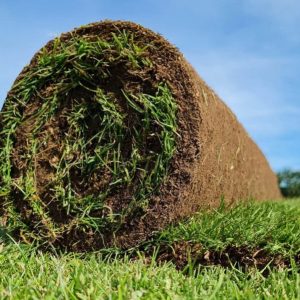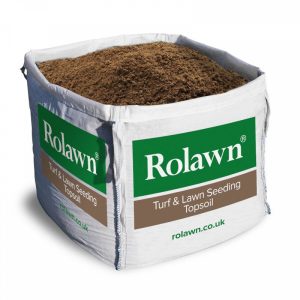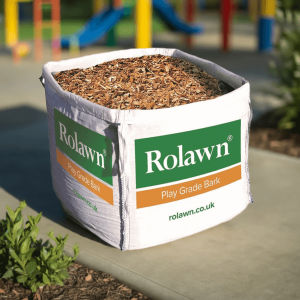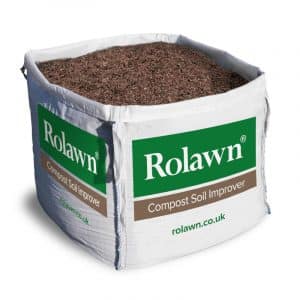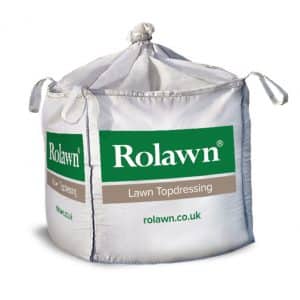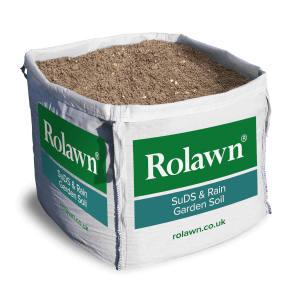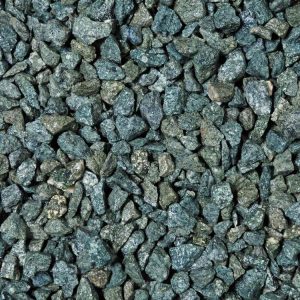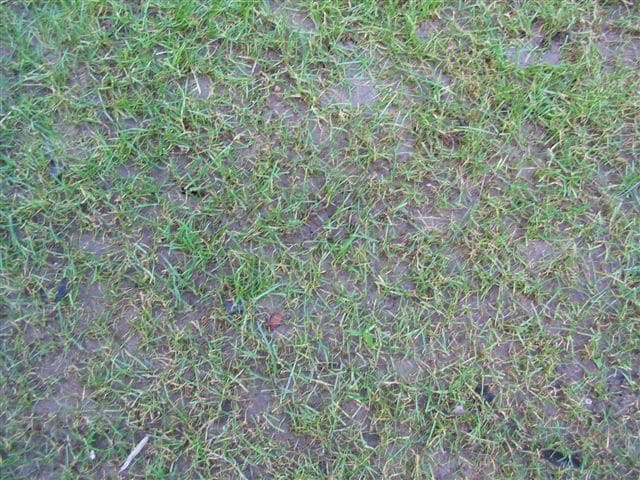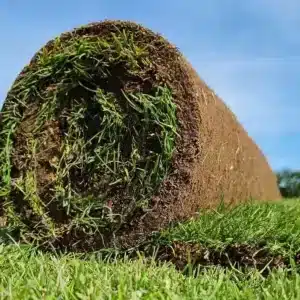- All Products
- Turf
-
-
-
Useful Tools
Best Seller
Medallion® Turf
£5.65 - £11.75
-
-
- Topsoil & Soils
-
-
-
Useful Tools
Best Seller
Turf & Lawn Seeding Topsoil
£125.00
-
-
- Bark & Mulch
- Compost
-
-
-
Useful Tools
Best Seller
Compost Soil Improver
£105.00
-
-
- Lawn Care
-
-
-
Useful Tools
Best Seller
Lawn Topdressing
£168.00
-
-
- Nature-based Solutions
-
-
-
Useful Tools
Best Seller
SuDS & Rain Garden Soil
£130.00
-
-
- Decorative Aggregates
- Special Offers
-
-
-
Useful Tools
Best Seller
Turf & Lawn Seeding Topsoil
£125.00
-
-
- Turf
- Product calculator
- Trade customers
- Information & advice
- Turf & Lawns
-
-
-
Popular guides
Information
-
-
- Topsoil & Compost
-
-
-
Popular guides
Information
-
-
- Bark & Mulch
-
-
-
Popular guides
Information
-
-
- Pests & insects
-
-
-
Popular guides
Information
-
-
- Lawn diseases
-
-
-
Popular guides
Information
-
-
- Lawn aftercare
-
-
-
Popular guides
Information
-
-
- Turf & Lawns

